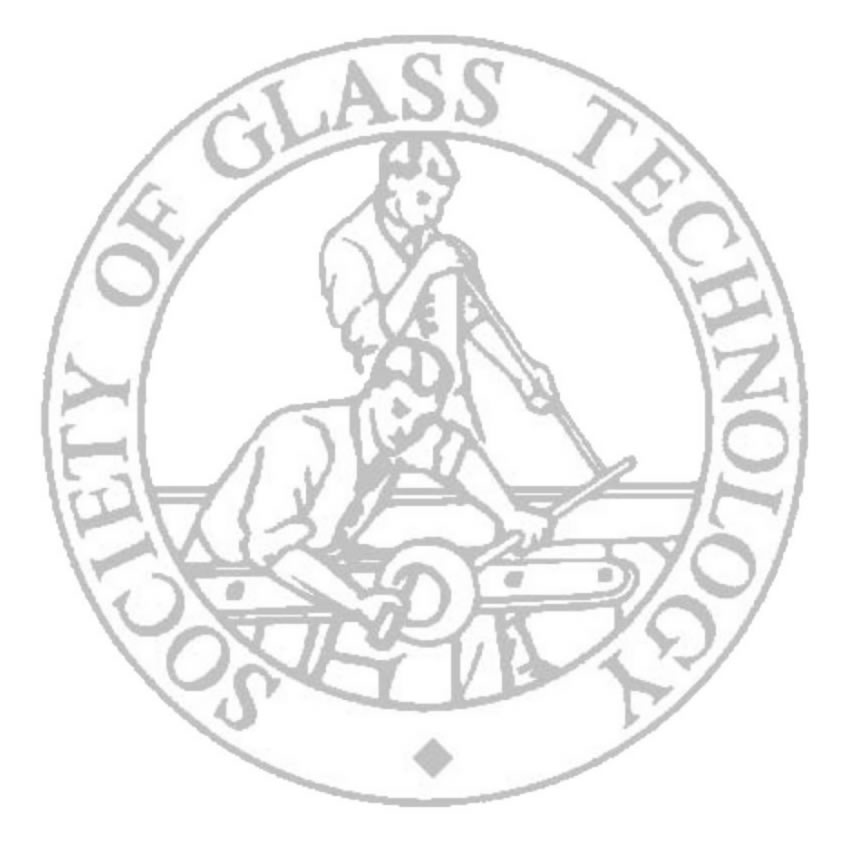
Cambridge 2008
|
Molecular dynamics modelling and the structure of oxide glasses
G. Mountjoy, University of Kent
Molecular dynamics (MD) modelling is a valuable technique for studying the structure of glasses. However, like all techniques which are used to study glasses it has some weaknesses. One of the primary challenges in MD modelling is to obtain models which are consistent with experimental data, and this is difficult even for the archetypal glass, silica. However, in order to describe a glass structure a configuration of atoms is needed, and MD modelling is one of the few techniques which can provide this. Although MD models might not be flawless, they allow a high level of inspection, and this can illuminate principles of glass structure.
This talk will look at the challenge of matching MD models to experimental data, and at the insights which MD models can provide into features of oxide glass structures, such as the role of network modifiers, comparison between crystalline and glass structures, and phase separation. Examples will be taken from recent work on MD modelling of oxide glasses, including sodium silicate (the archetypal modified random network glass) and zirconium silicate (a high-K dielectric material).
| SGT Home page |